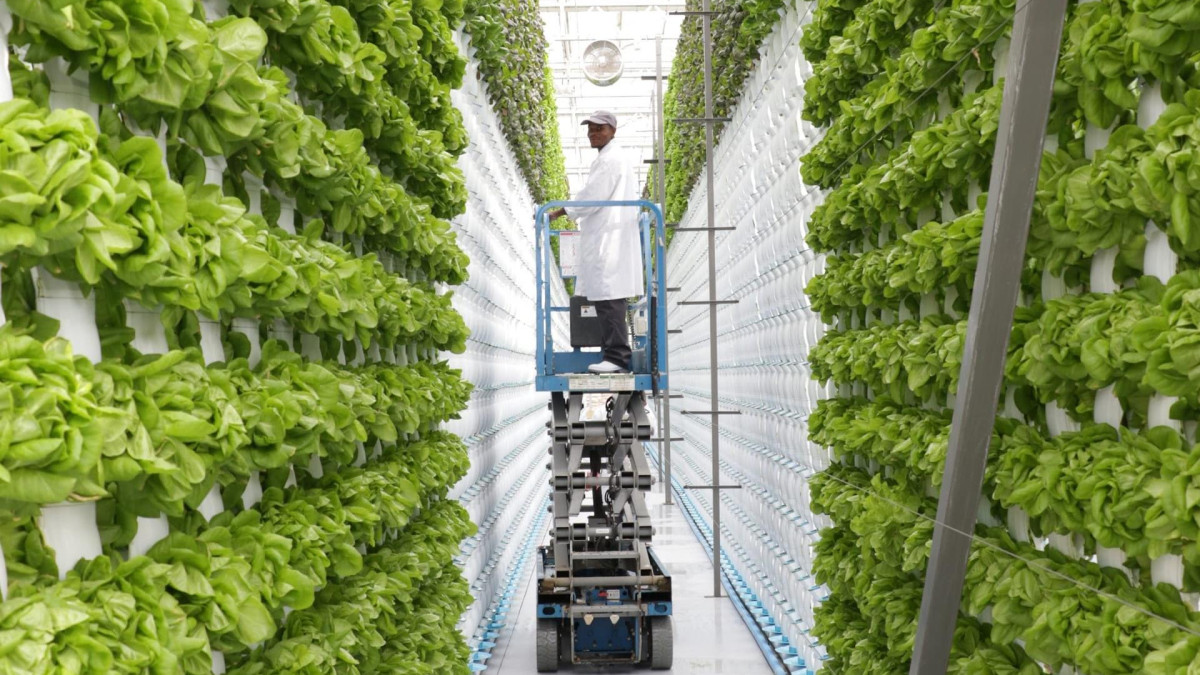
Harnessing Growth Potential: Hydroponic Data Analysis
In the world of hydroponics, data analysis has emerged as a powerful tool for optimizing crop growth, resource management, and overall system efficiency. By collecting and interpreting data from various sensors and monitoring devices, hydroponic growers can make informed decisions that lead to healthier plants and higher yields. In this guide, we’ll explore the importance of data analysis in hydroponics and how it can be applied to enhance your growing experience. For more information regarding hydroponic plant one can visit our site https://hydroponicglobal.com.au/.
1. Monitoring Essential Parameters:
To begin, you’ll need to collect data on critical parameters within your hydroponic system. These typically include:
– pH Levels: Regular monitoring and recording of pH values help ensure that your nutrient solution remains within the optimal range for nutrient uptake.
– Electrical Conductivity (EC) or Total Dissolved Solids (TDS): These measurements indicate the concentration of nutrients in your solution. Tracking EC/TDS levels helps maintain nutrient balance.
– Temperature: Monitoring the temperature of the nutrient solution and grow environment ensures that conditions remain conducive to plant growth.
– Humidity: Humidity levels impact transpiration rates and plant health. Maintaining appropriate humidity is vital.
– Light Intensity: Measuring light levels is essential, especially in indoor or greenhouse setups. It ensures that your plants receive the right amount of light for photosynthesis.
2. Data Collection Methods:
Data can be collected using a variety of sensors and monitoring systems, including:
– pH and EC/TDS Meters: Handheld or continuous monitoring meters provide real-time data on nutrient solution parameters.
– Temperature and Humidity Sensors: These sensors can be placed in the grow area and nutrient reservoir to track environmental conditions.
– Light Sensors: Light meters or sensors can quantify light levels in your growing environment.
3. Data Analysis Techniques:
Once you’ve collected data, you can employ various data analysis techniques to extract meaningful insights:
– Descriptive Analysis: This involves summarizing your data using statistics, charts, and graphs to gain an overview of system performance over time.
– Time-Series Analysis: Tracking how variables change over time can reveal patterns and trends. For instance, you can analyze how pH levels fluctuate throughout a day or week.
– Correlation Analysis: Determine if there are relationships between variables. For example, does light intensity correlate with plant growth rates?
– Anomaly Detection: Identify unusual or unexpected data points that may indicate problems within your system, such as sudden spikes in temperature or unusual changes in nutrient levels.
4. Applying Insights:
The ultimate goal of data analysis is to make informed decisions and improvements in your hydroponic system:
– Optimizing Nutrient Delivery: Data can help you fine-tune nutrient solution concentrations, pH levels, and nutrient dosing schedules to match your plant’s growth stage.
– Environmental Control: Adjusting environmental conditions based on data analysis ensures that plants receive the ideal conditions for growth, including temperature, humidity, and light.
– Resource Efficiency: Identify opportunities to reduce resource consumption, such as water and energy, without compromising crop quality.
– Predictive Analytics: Advanced data analysis techniques can enable you to predict future trends and optimize your system accordingly. For example, predicting nutrient deficiencies before they occur.
5. Record Keeping and Iteration:
Maintain detailed records of your data, analyses, and the decisions you make based on them. Over time, this historical data can help refine your growing practices, leading to increasingly successful harvests.
In conclusion, data analysis is a valuable tool in hydroponics, providing growers with insights that can optimize crop growth, resource management, and overall system performance. By collecting, analyzing, and applying data, you can cultivate healthier plants, reduce resource waste, and continually improve your hydroponic gardening skills.

